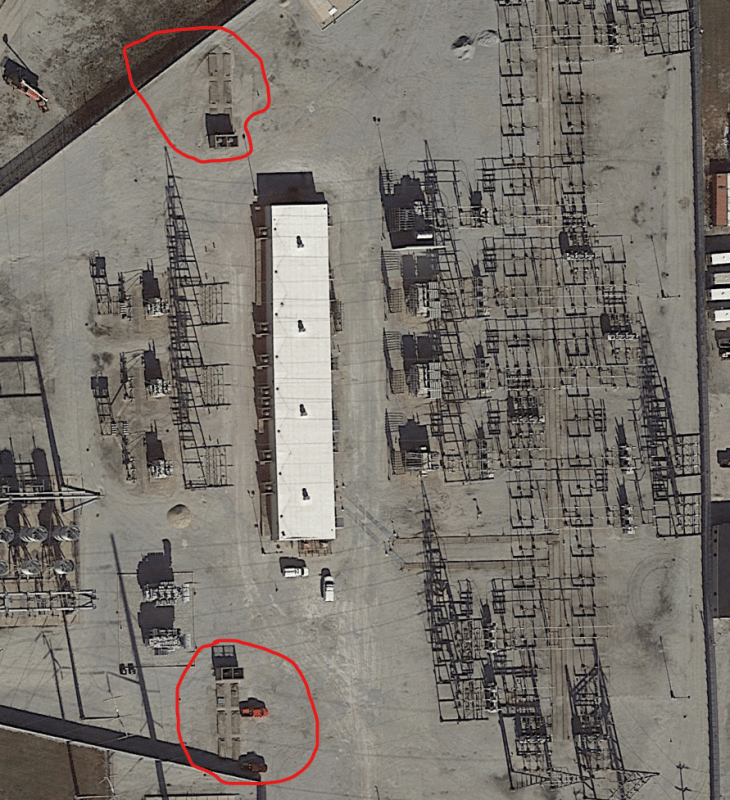I have been wondering the same thing. Although putting motors behind a VFD likely improves power factor, there is also a trend away from pure resistance loads. Here are the displacement power factor trends I have been pondering:
+ DOL motors with new VFDs that have filters and/or active front ends
? DOL motors with new VFDs passive front ends
- incandescent lighting replaced with CLFs
? incandescent lighting replaced with LEDs
? fluorescent/metal halide/MV lights replaced with LEDs
? Changing mix of HVAC:
+ cheap air conditioners with DOL motors being replaced with VFD air conditioners
- more houses with air conditioning (historically my area had very little AC)
- swapping electric resistance heating for heat pumps
? Electric Vehicle charging loads. Anyone know a typical power factor for EV chargers? I would guess EV chargers would lower our winter power factor since we have a lot of resistance heating. EV chargers might improve the summer power factor.
+ Converting medium voltage distribution from overhead to underground add a small amount of distributed capacitance. On purely underground feeders, we sometimes have leading power factor at light loads just due to the cable capacitance.
- Older solar generation that only supplied real power, causing lower power factor. I am not sure how if the would change the need for distribution capacitors.
? Newer solar generation. At modest penetration levels, I assume inverter that actively control voltage should reduce the needs for capacitors on the distribution system.
- Lower loss transformer core steel. Lower real power losses in the core steel without a corresponding reduction in reactive power would lower power factor.
? Low voltage DC magnetic power supplies (i.e. wall warts) being swapped for switched mode versions
Many years ago I had heard that Europe had much stricter regulation that the USA on PQ/PF produced by end use devices. Is that true? Or does it even matter? Seems like most of the devices I buy in the USA now come with universal power supplies with a CE stamp.



